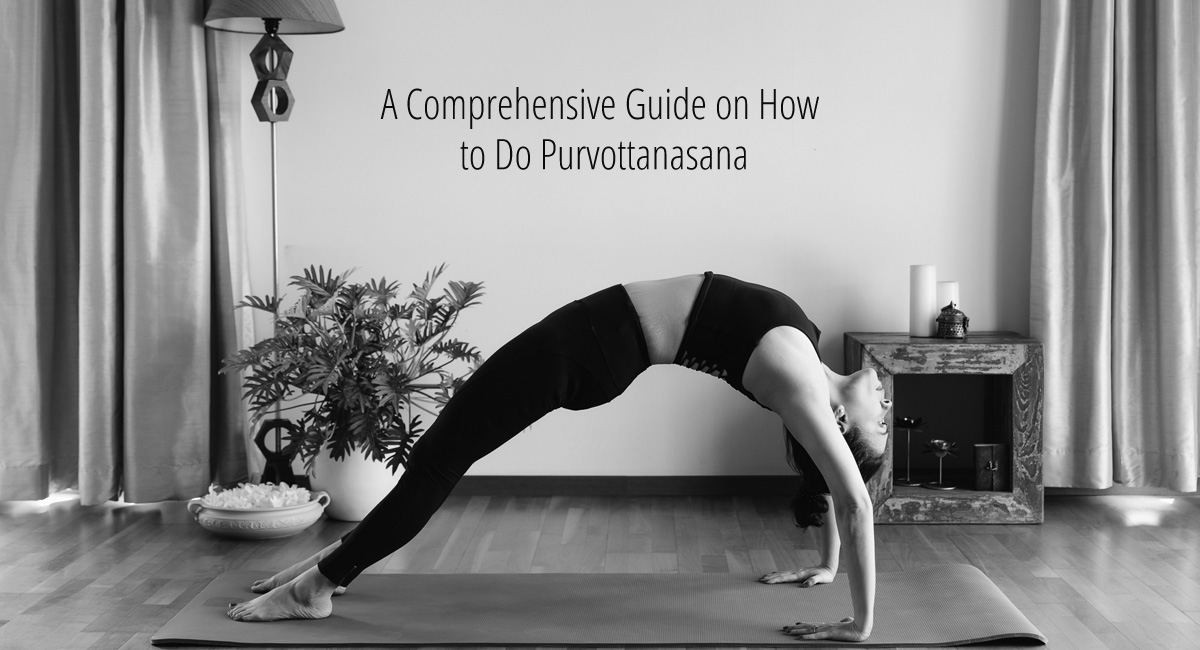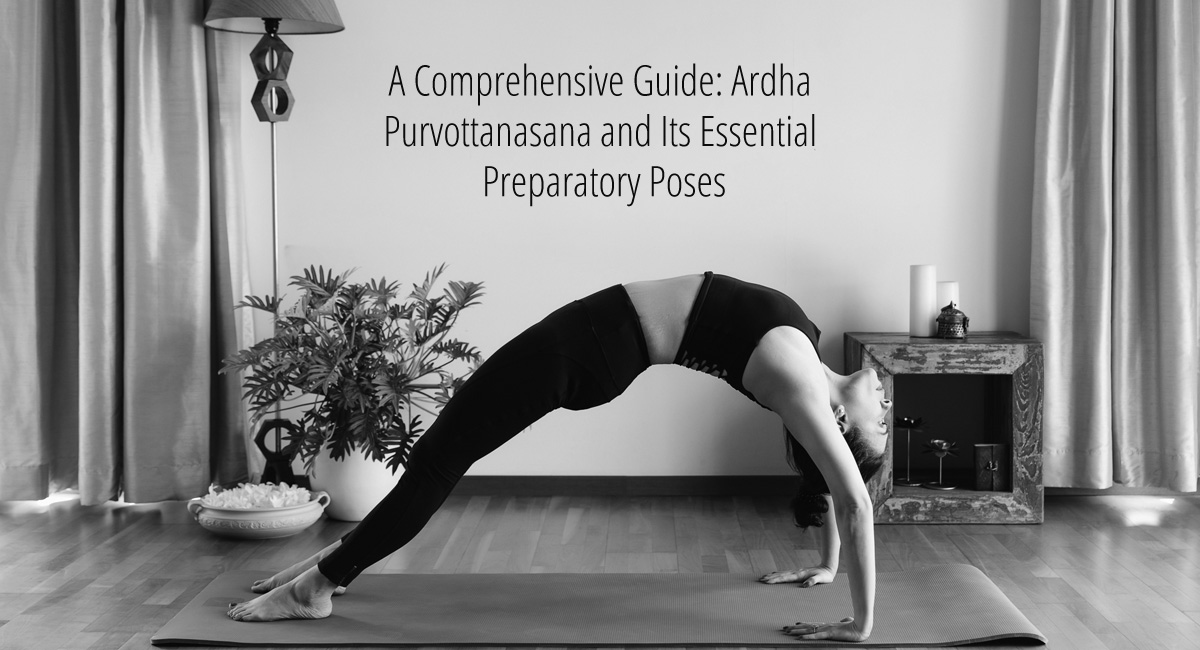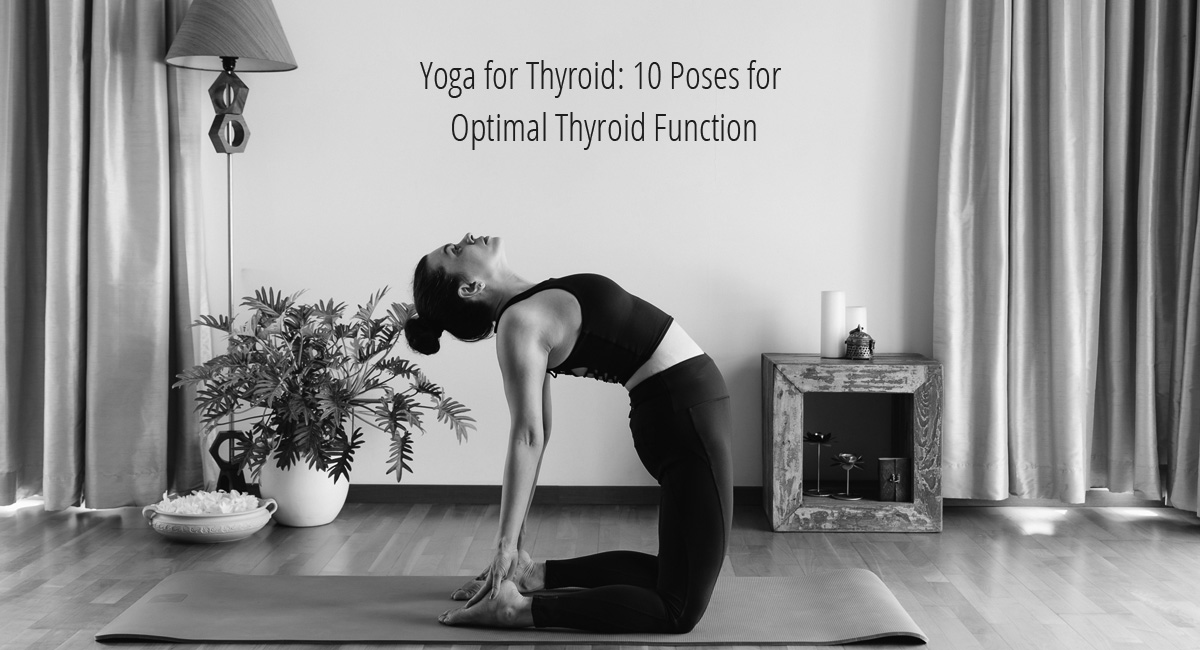
Yoga for Thyroid: 10 Poses for Optimal Thyroid Function
Table of Contents
Yoga for Thyroid
The thyroid gland plays a vital role in regulating the body’s metabolism, energy production, and overall well-being. When the thyroid is not functioning optimally, it can lead to a variety of health issues, including weight gain, fatigue, mood swings, and even depression. While medical treatment is essential for thyroid disorders, incorporating yoga into your routine can provide additional support and help promote optimal thyroid function.
Yoga is a holistic practice that combines physical postures, breathwork, and meditation to create a harmonious balance between the mind, body, and spirit. Certain yoga poses can specifically target the thyroid gland, stimulating its function and promoting a sense of overall well-being. Regular practice of these poses can help regulate the thyroid, improve metabolism, reduce stress, and enhance energy levels. Let’s explore ten effective yoga poses for thyroid health.
10 Effective Yoga Poses for Thyroid
1. Sarvangasana (Shoulder Stand)
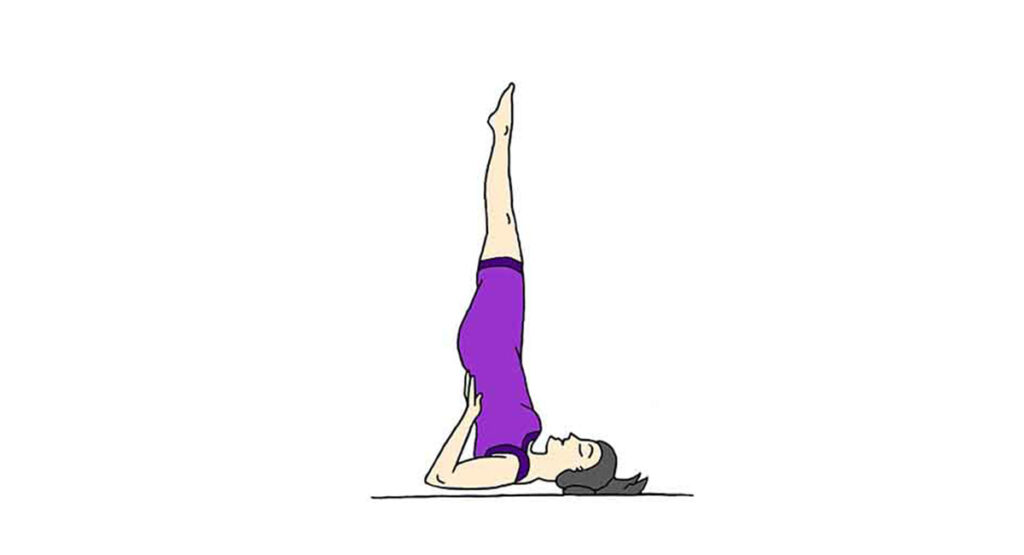
This pose stimulates the thyroid gland and enhances blood circulation to the neck region. Start by lying flat on your back and slowly lift your legs and hips off the ground, supporting your lower back with your hands. Keep your body straight and stay in this position for a few breaths.
2. Halasana (Plow Pose)
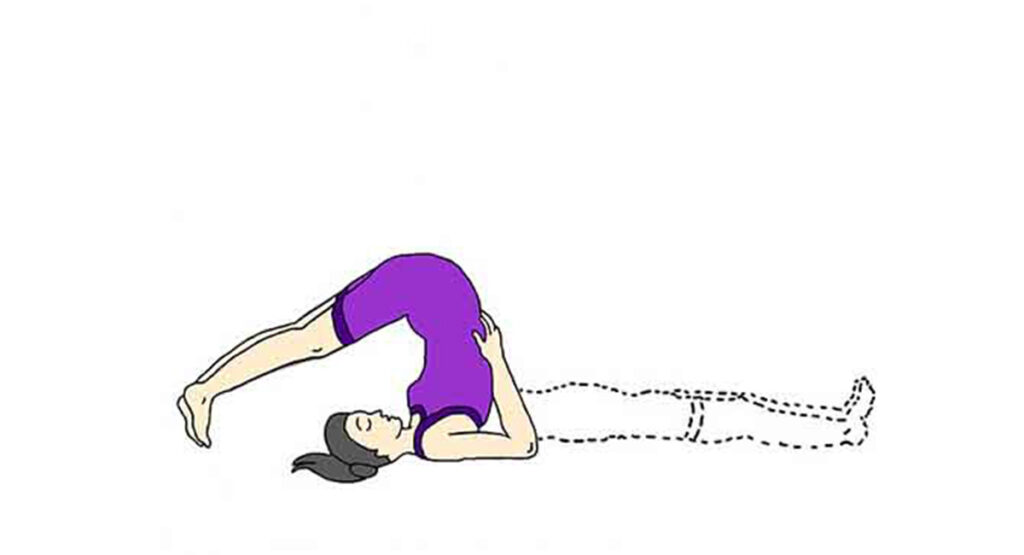
Halasana is an excellent pose to stimulate the thyroid and improve blood flow to the neck area. From the shoulder stand position, lower your legs behind your head, touching your toes to the ground. Keep your legs straight and hold the pose for several breaths.
3. Matsyasana (Fish Pose)
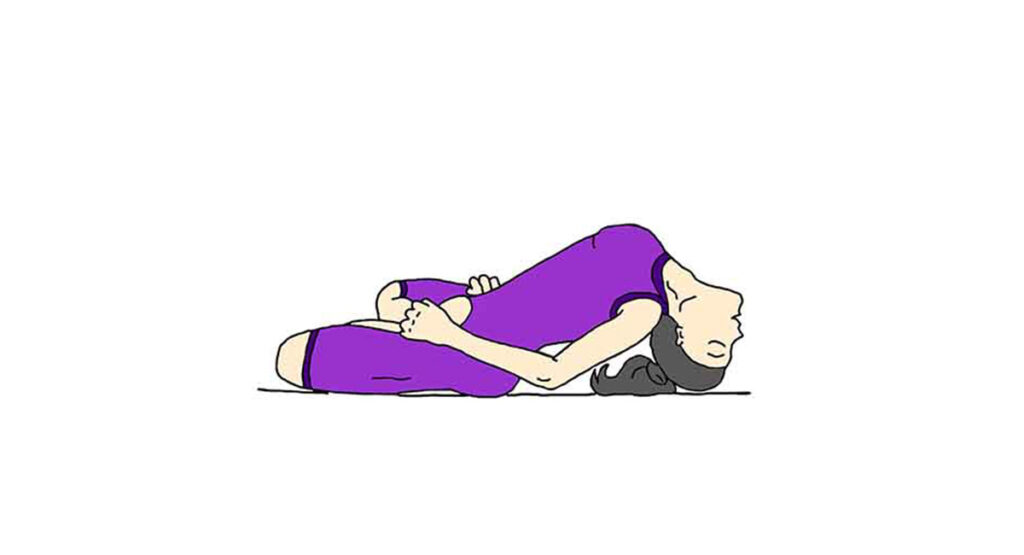
Fish pose stretches the neck and throat, stimulating the thyroid gland. Lie on your back, place your hands under your hips, and arch your upper back, lifting your chest toward the ceiling. Maintain the pose while breathing deeply.
4. Setu Bandhasana (Bridge Pose)
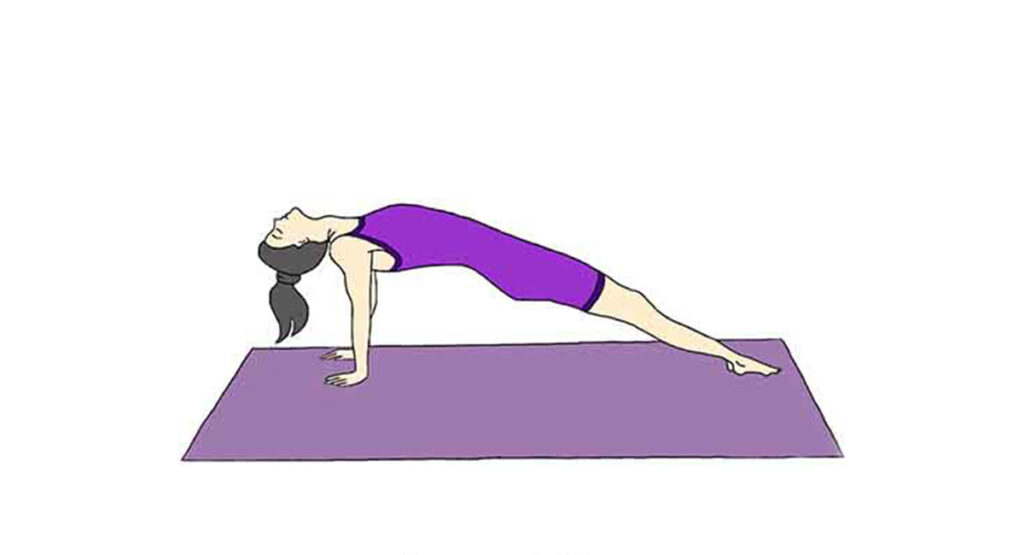
This pose stimulates the thyroid by compressing the neck area. Lie on your back with your knees bent and feet flat on the ground. Lift your hips off the ground, interlace your fingers beneath your lower back, and press your shoulders into the mat.
5. Ustrasana (Camel Pose)

Ustrasana stretches the neck and throat, stimulating the thyroid and improving its function. Kneel on the mat, tuck your toes, and slowly lean back, placing your hands on your heels. Arch your back and lift your chest, gazing upward.
6. Viparita Karani (Legs-up-the-Wall Pose)
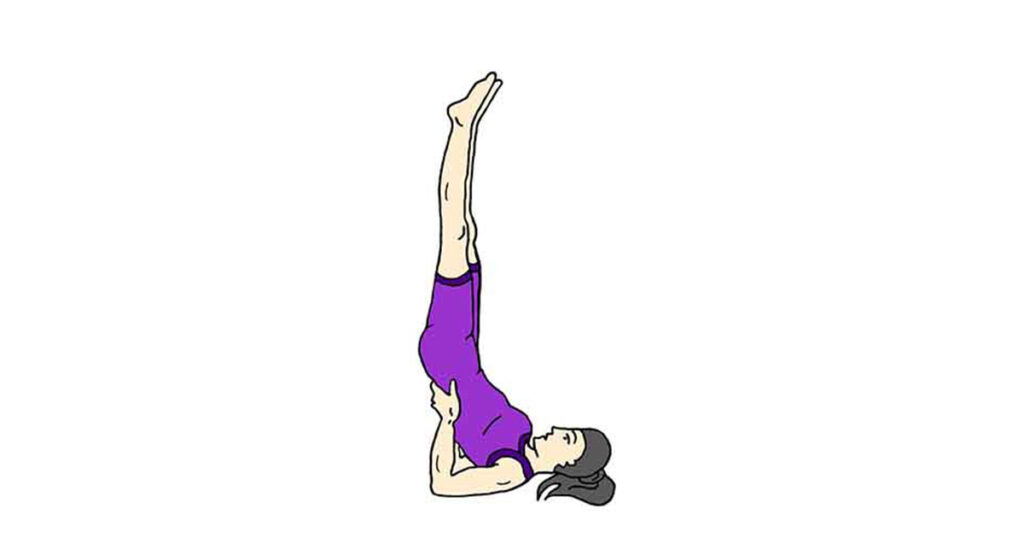
This restorative pose improves blood circulation to the thyroid gland. Lie on your back with your legs extended against a wall. Relax and breathe deeply as you let gravity assist in the flow of blood to your thyroid.
7. Bhujangasana (Cobra Pose)
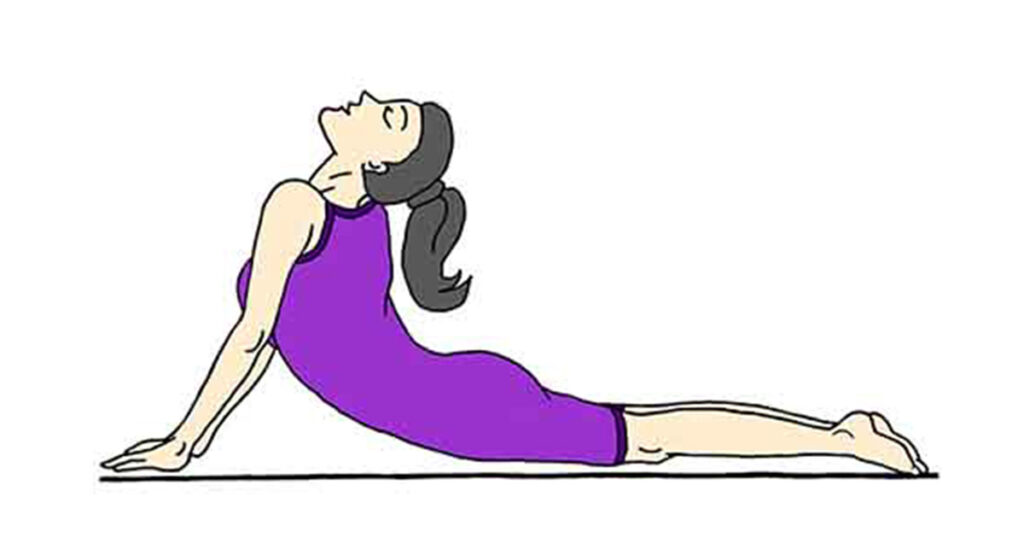
Cobra pose stimulates the thyroid and helps regulate its function. Lie on your belly, place your palms on the mat under your shoulders, and lift your chest off the ground, keeping your pelvis and legs pressed into the mat.
8. Sarvangasana Variation (Supported Shoulder Stand)

Similar to the shoulder stand, this variation allows you to use props like blocks or blankets to support your hips, making it more accessible for beginners. It still stimulates the thyroid while being gentle on the neck.
9. Nadi Shodhana Pranayama (Alternate Nostril Breathing)
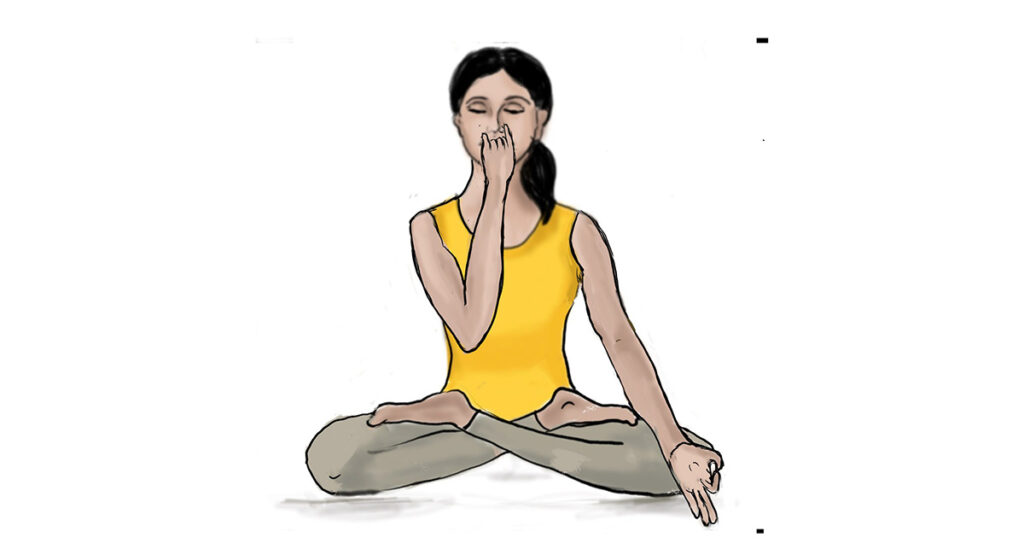
This breathing technique helps balance the body and mind, reducing stress and promoting thyroid health. Sit comfortably, close your right nostril with your right thumb, inhale through the left nostril, then close the left nostril with your ring finger and exhale through the right nostril.
10. Savasana (Corpse Pose)
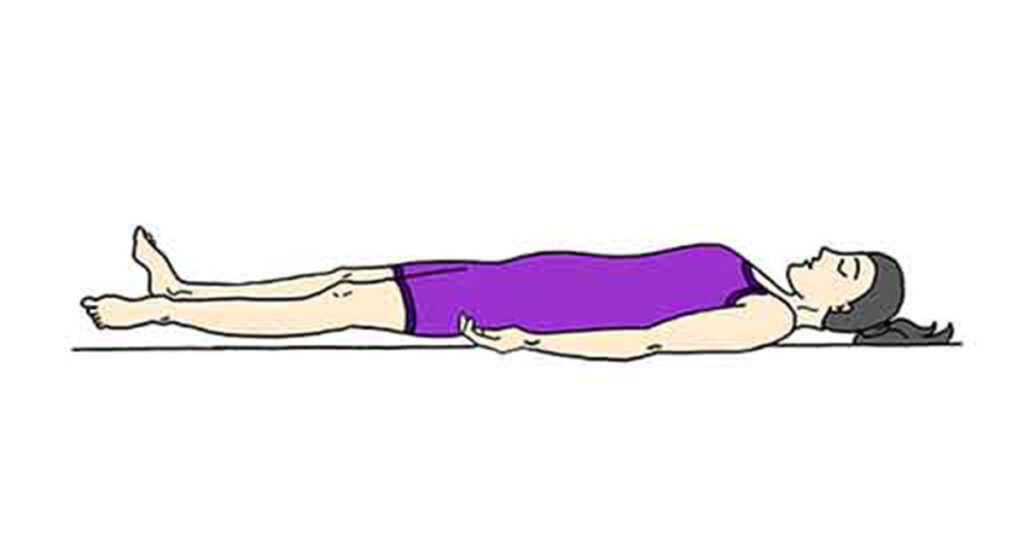
End your thyroid-focused yoga sequence with savasana, a relaxation pose that allows the body to integrate the benefits of the practice. Lie flat on your back, close your eyes, and let go of any tension in your body. Stay in this position for several minutes, focusing on your breath.
The Bottom Line
Yoga can be a valuable complementary practice to support optimal thyroid function. These ten yoga poses, when practiced regularly and with proper alignment, can stimulate the thyroid gland, improve blood circulation to the neck area, and promote overall well-being. Remember to consult with your healthcare provider before starting any new exercise or yoga routine, especially if you have a thyroid condition.
Incorporating these poses into your daily routine can provide numerous benefits beyond thyroid health, including stress reduction, improved flexibility, and increased energy levels. Combine your yoga practice with a balanced diet, adequate rest, and medical treatment to optimize your thyroid function and overall wellness.
Remember to approach your yoga practice with mindfulness and listen to your body’s cues. If you have any pre-existing medical conditions or concerns, consult with a qualified yoga instructor or healthcare professional to ensure that the poses you choose are suitable for your needs.
In conclusion, incorporating yoga into your routine can be a beneficial practice for supporting thyroid health. The ten yoga poses outlined above specifically target the thyroid gland, promoting its function and overall well-being. However, it’s important to remember that yoga is not a substitute for medical treatment. If you have a thyroid condition, consult with your healthcare provider to develop a comprehensive treatment plan that includes yoga as a complementary practice.
Are you ready to take control of your thyroid health? Start incorporating these yoga poses into your routine and experience the benefits firsthand. Remember to listen to your body, practice with mindfulness, and consult with a qualified yoga instructor or healthcare professional if needed. Please visit our website to know more about the power of yoga and discover the positive impact it can have on your thyroid function and overall well-being.

I am a Pune based artist, Kathak dancer, Dance Movement Therapist, and an avid Yoga practitioner/ teacher. I am also the Director at the Sakal Media Group, a Trustee of Pune Blind School and Nirdhar Trust.
Being a part of Sakal Media Group, with its strong foundation of service and ethical journalism, I am deeply committed in making this world a better place by pushing boundaries, giving opportunities to others, following my convictions, helping others make better choices and to tell powerful stories that will help reshape the world we live in.




